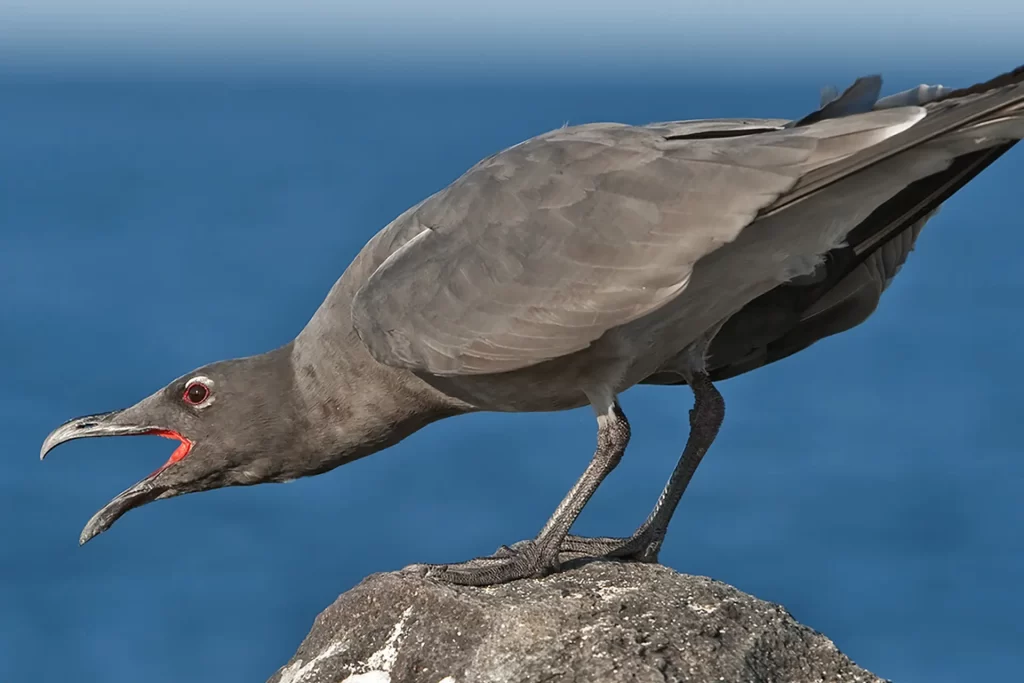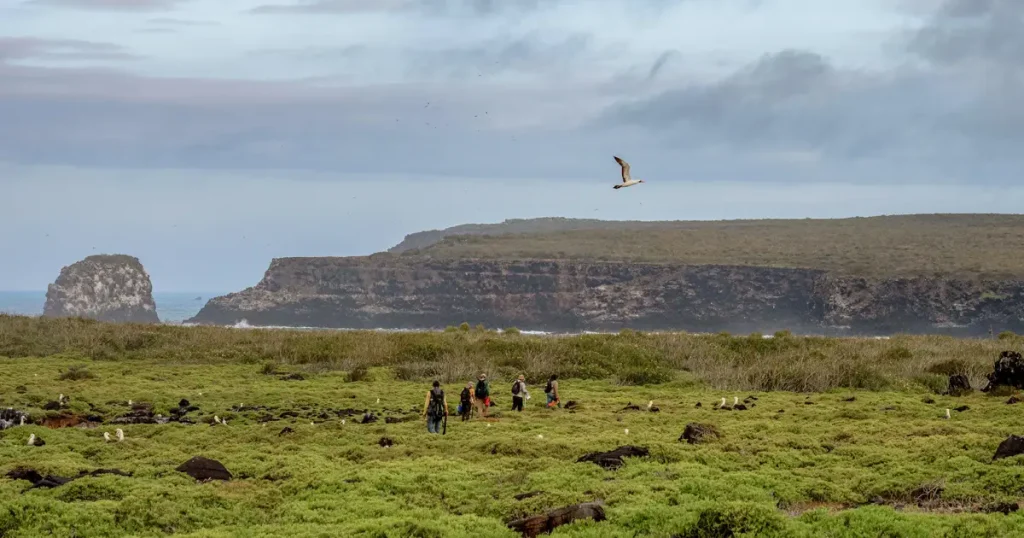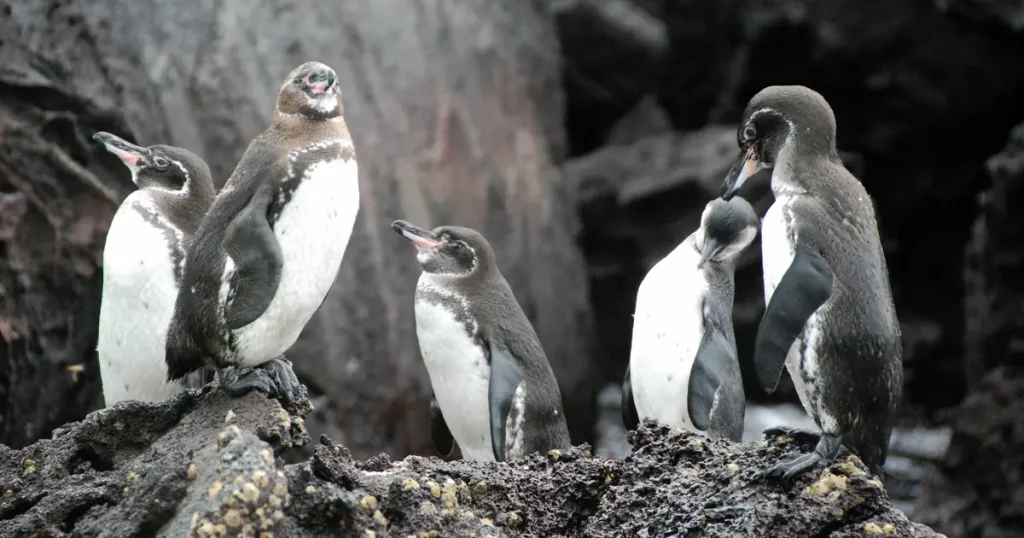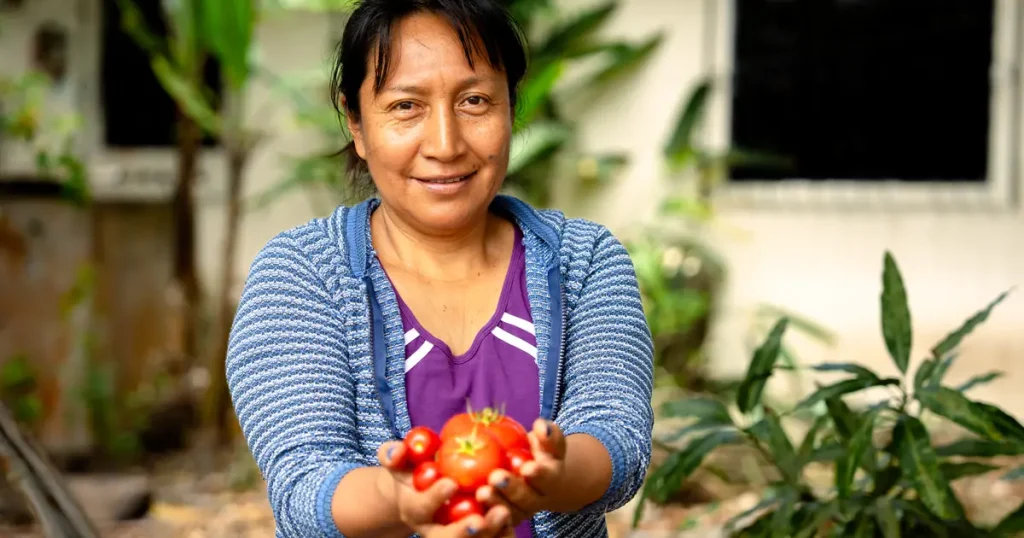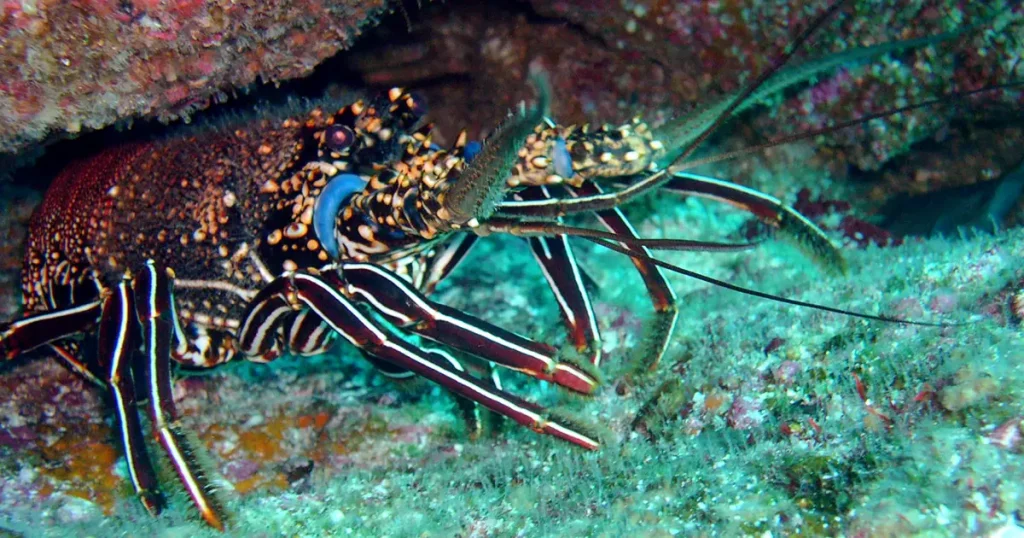Ecological Restoration on Floreana Island: Not at a Tortoise’s Pace!

Most often, ecological restoration in Galápagos feels like a slow and methodical process.
Invasive species might be painstakingly removed square meter by square meter. Or the breeding of critically endangered giant tortoises might take place through efforts spanning decades.
That’s the norm, anyway
But, on rare occasions, as will be the case starting in January of 2024, ecological restoration moves at a far more noticeable pace.
At the start of the coming year, the Galápagos National Park Directorate, with support from the Government of Ecuador and in collaboration with Galápagos Conservancy, will begin the process of restoring 13 species to Floreana Island!
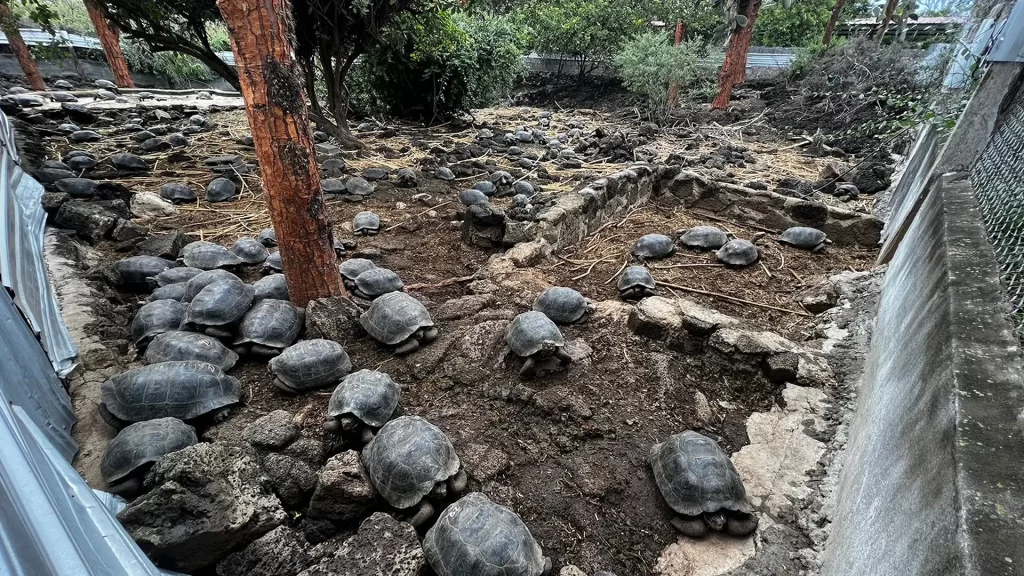
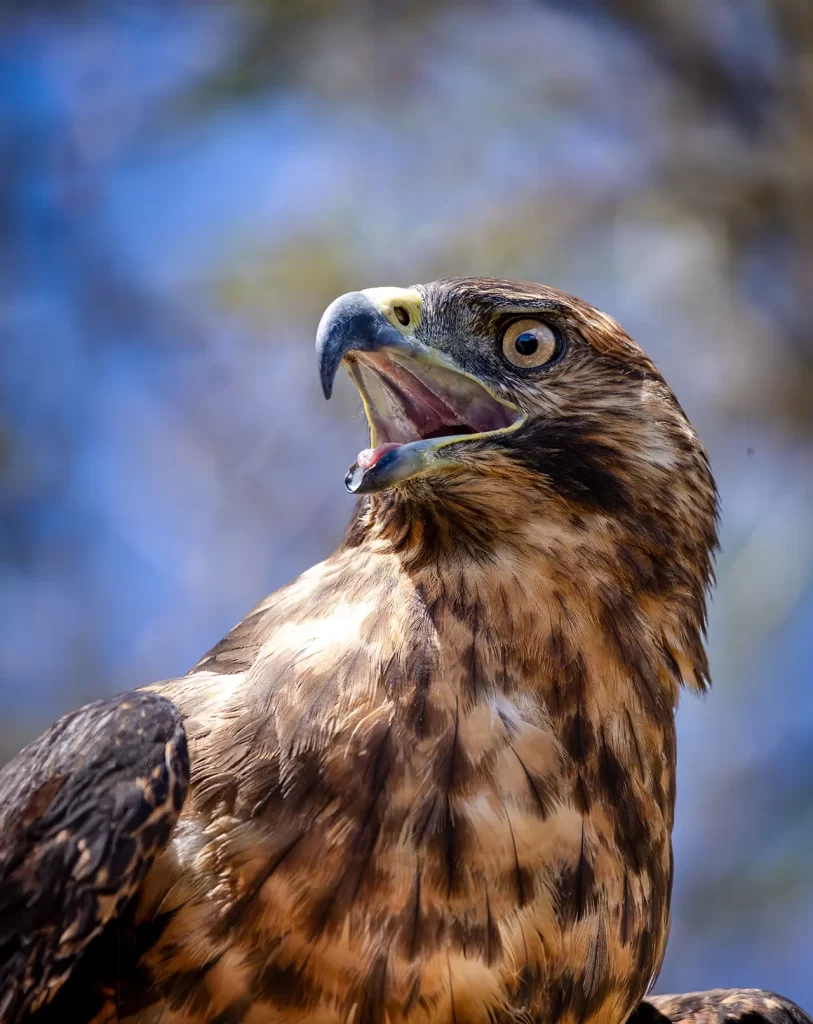
You read that right: Thirteen different species will be released back into the wild on an island where they once thrived.
The list includes: Floreana giant tortoises (absent for nearly 150 years), Vegetarian Finches, Sharp-beaked Ground Finches, Large Ground Finches, Gray Warblers, Large Tree Finches, Vermilion Flycatchers, Galápagos Mockingbirds, Lava Gulls, Barn Owls, Galápagos Hawks, Galápagos Flycatchers, and snakes.
Part of the thinking here is that no species exists in isolation, and the richer the ecosystem is, the better the chances for all of these species to thrive.
Now, this won’t exactly happen at breakneck speed. Not every species will be released at precisely the same time, and there are, indeed, invasive plants and animals that need to be dealt with before this mass rewilding occurs.
Still, when it does happen, buckle up! It will be fast, and it will represent an unprecedented island restoration experiment in the Galápagos Archipelago — one that may serve as a model for ecological recovery in various places around the globe.
